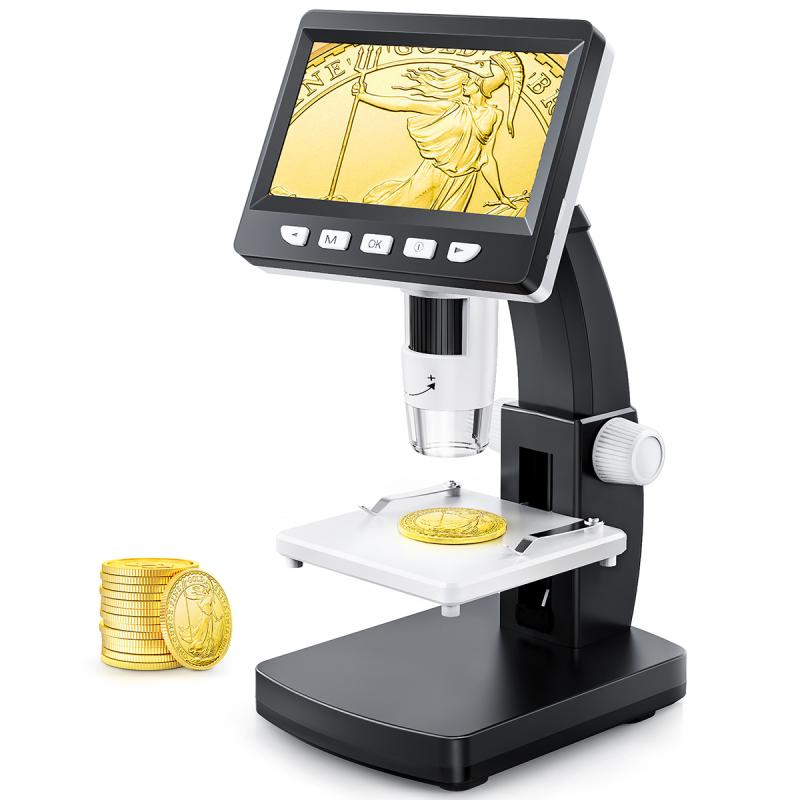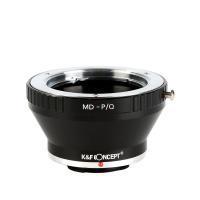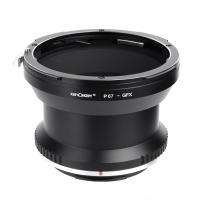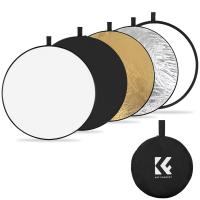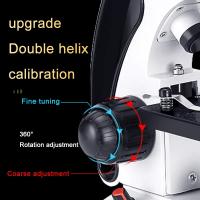What Year Was The Compound Microscope Invented ?
The compound microscope was invented in the late 16th century, with the exact year of invention being uncertain. Some sources attribute the invention to Dutch spectacle maker Zacharias Janssen in 1590, while others credit the invention to Hans Lippershey, also a Dutch spectacle maker, in 1595. Regardless of who invented it, the compound microscope revolutionized the field of microscopy and allowed for the observation of microscopic organisms and structures that were previously invisible to the naked eye.
1、 Early history of microscopy
The compound microscope is a crucial tool in the field of microscopy, allowing scientists to observe and study microscopic organisms and structures. The exact year of its invention is not entirely clear, as there were several inventors who contributed to its development over time.
The earliest known microscope was invented in the late 16th century by Dutch spectacle makers Hans Jansen and his son Zacharias. This early microscope, known as the "simple microscope," consisted of a single convex lens and was limited in its magnification capabilities.
It wasn't until the mid-17th century that the compound microscope, which uses two or more lenses to magnify an object, was developed. Credit for the invention of the compound microscope is often given to Dutch scientist Antonie van Leeuwenhoek, who is also credited with being the first person to observe and describe microorganisms.
However, other scientists, such as Robert Hooke and Giovanni Faber, also made significant contributions to the development of the compound microscope around the same time.
In recent years, there has been some debate over the exact timeline of the invention of the compound microscope. Some historians argue that the compound microscope was actually invented earlier than previously thought, possibly as early as the late 16th century.
Regardless of the exact year of its invention, the compound microscope has revolutionized the field of microscopy and has allowed scientists to make countless discoveries about the microscopic world.

2、 Development of compound microscope
The compound microscope is a crucial tool in the field of science, allowing us to observe and study microscopic organisms and structures. The development of the compound microscope can be traced back to the late 16th century, with the first known compound microscope being created by Dutch spectacle maker Zacharias Janssen in 1590. However, the exact year of the invention of the compound microscope is still a topic of debate among historians.
Some historians argue that the compound microscope was invented in 1590 by Janssen, while others credit the invention to his father, Hans Janssen, or to Dutch scientist Cornelis Drebbel. Regardless of who is credited with the invention, it is clear that the compound microscope underwent significant improvements and advancements over the following centuries.
One of the most significant advancements in the development of the compound microscope was the introduction of the achromatic lens in the early 18th century. This lens allowed for clearer and more accurate observations, and paved the way for further discoveries in the field of microbiology.
Today, the compound microscope continues to be an essential tool in scientific research and discovery. With the advent of digital imaging and other technological advancements, the capabilities of the compound microscope have expanded even further, allowing for even more detailed and precise observations of the microscopic world.

3、 Inventors and their contributions
What year was the compound microscope invented?
The compound microscope was invented in the late 16th century, with the exact year of invention being a matter of debate among historians. Some sources credit Dutch spectacle maker Zacharias Janssen with inventing the compound microscope in 1590, while others attribute its invention to his father, Hans Janssen, or to Dutch naturalist Cornelis Drebbel.
Regardless of who invented the compound microscope, its invention revolutionized the field of microscopy and allowed scientists to observe microscopic organisms and structures in greater detail than ever before. The compound microscope uses two or more lenses to magnify an object, with the first lens (the objective lens) magnifying the object and the second lens (the eyepiece) magnifying the image produced by the first lens.
Since its invention, the compound microscope has undergone numerous improvements and advancements, including the development of higher-quality lenses, the addition of illumination sources, and the incorporation of digital imaging technology. Today, compound microscopes are used in a wide range of scientific fields, including biology, medicine, and materials science, and continue to play a critical role in advancing our understanding of the natural world.

4、 Improvements and advancements
The compound microscope is a crucial tool in the field of science, allowing us to observe and study microscopic organisms and structures. The invention of the compound microscope is attributed to two Dutch spectacle makers, Zacharias Janssen and his father Hans Janssen, in the late 16th century. However, the exact year of its invention is not known.
Over the years, the compound microscope has undergone numerous improvements and advancements. In the 17th century, Antonie van Leeuwenhoek, a Dutch scientist, improved the microscope's lenses, allowing for greater magnification and clarity. In the 19th century, Ernst Abbe, a German physicist, developed the theory of image formation, which led to the development of better lenses and improved resolution.
Today, the compound microscope has become an essential tool in various fields, including biology, medicine, and materials science. With the advent of digital imaging technology, microscopes can now capture high-resolution images and videos, allowing for more detailed analysis and research.
In recent years, there has been a growing interest in developing portable and affordable microscopes, particularly for use in developing countries and remote areas. These microscopes are designed to be easy to use and maintain, making them accessible to a wider range of people.
In conclusion, the invention of the compound microscope has revolutionized the field of science, and its continued improvements and advancements have allowed us to explore and understand the microscopic world in greater detail. As technology continues to evolve, we can expect to see further developments in the field of microscopy, leading to new discoveries and breakthroughs.
